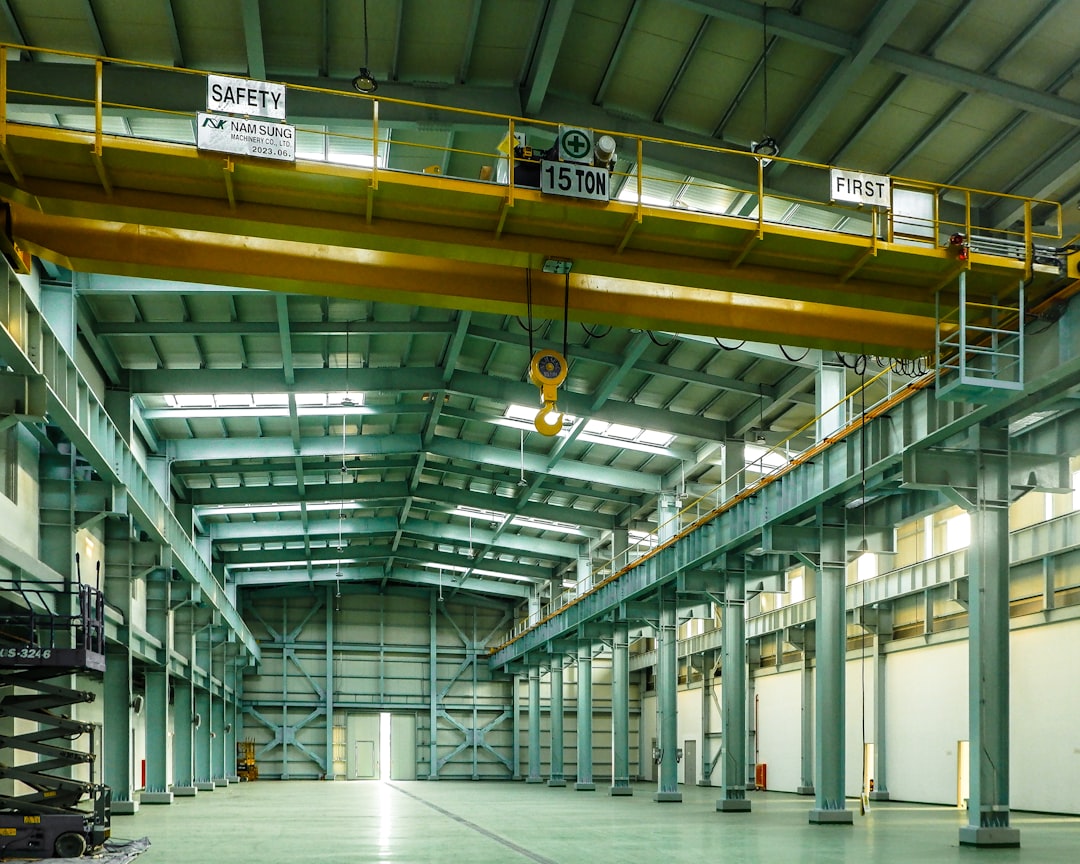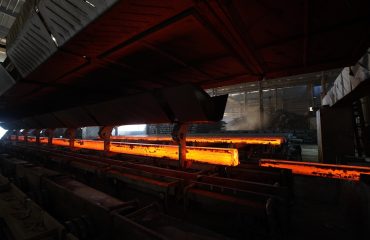The steel industry, a cornerstone of global infrastructure and manufacturing, faces unique challenges in managing its complex supply chains. From the extraction of raw materials to the delivery of finished products, the process is intricate, demanding, and heavily reliant on efficient coordination and strategic decision-making. This post delves into the critical aspects of supply chain management within the steel industry, exploring the key elements that contribute to success and resilience in this demanding sector.
1. Securing the Source: Raw Material Procurement and Management
The foundation of any steel production process rests on the secure and reliable sourcing of raw materials. This primarily includes iron ore, coal, and limestone, along which various alloying elements like manganese, chromium, nickel, and molybdenum may be required depending on the desired steel grade. Effective raw material procurement involves:
- Long-term contracts with reliable suppliers: This mitigates price volatility and ensures a consistent supply of high-quality materials.
- Diversification of sourcing locations: Reducing reliance on single suppliers safeguards against disruptions caused by geopolitical instability, natural disasters, or supplier-specific issues.
- Quality control and assurance: Rigorous testing and inspection procedures are crucial to ensure the raw materials meet the stringent specifications demanded by steel production processes.
- Sustainable sourcing practices: Increasingly, environmental and social responsibility are key considerations, driving demand for materials sourced ethically and sustainably.
- Strategic inventory management: Balancing the need for sufficient raw material stock with the costs of storage and potential obsolescence requires sophisticated inventory management techniques.
2. The Crucible of Creation: Efficient Steel Production and Processing
The steel production process itself is energy-intensive and complex, involving multiple stages from ironmaking (blast furnaces or direct reduction) to steelmaking (basic oxygen furnaces or electric arc furnaces) and finally casting and rolling. Efficient management of this process requires:
- Optimized production scheduling: Minimizing downtime and maximizing throughput requires careful planning and scheduling of all production stages.
- Real-time monitoring and control: Advanced sensors and data analytics enable real-time monitoring of key parameters, allowing for proactive adjustments to optimize efficiency and product quality.
- Predictive maintenance: Regular maintenance and proactive repairs minimize unplanned downtime and prevent costly disruptions to production.
- Waste reduction and recycling: Minimizing waste and maximizing the recycling of scrap steel are crucial for environmental sustainability and cost efficiency.
- Continuous improvement initiatives: Adopting lean manufacturing principles and embracing continuous improvement methodologies (like Six Sigma or Kaizen) are essential for enhancing productivity and reducing costs.
3. Navigating the Network: Steel Logistics and Transportation
The efficient movement of raw materials, intermediate products, and finished goods forms a critical element of the steel supply chain. This involves:
- Strategic transportation planning: Selecting the most cost-effective and reliable modes of transport (rail, road, sea) depending on the distance, volume, and urgency of delivery.
- Optimizing transportation routes and schedules: Utilizing route optimization software and advanced logistics planning tools can significantly reduce transportation costs and delivery times.
- Managing warehousing and distribution networks: Strategically located warehouses and efficient distribution networks are essential for ensuring timely delivery to customers.
- Effective tracking and tracing systems: Real-time tracking of shipments provides visibility into the supply chain, enabling proactive response to potential delays or disruptions.
- Collaboration with logistics partners: Building strong relationships with reliable logistics providers is crucial for ensuring seamless and efficient transportation.
4. Stockpiling Success: Inventory Management Strategies
Effective inventory management is vital for balancing supply and demand, minimizing storage costs, and preventing stockouts or obsolescence. This requires:
- Demand forecasting: Accurate demand forecasting enables businesses to optimize inventory levels and avoid overstocking or shortages.
- Inventory optimization techniques: Employing techniques like Just-in-Time (JIT) inventory management can significantly reduce inventory holding costs.
- Warehouse management systems (WMS): WMS software provides real-time visibility into inventory levels, locations, and movements, improving efficiency and accuracy.
- Risk management strategies: Developing strategies to mitigate risks associated with inventory obsolescence, damage, or theft.
- Integration with other supply chain systems: Seamless integration of inventory management systems with other supply chain functions (e.g., production planning, logistics) is crucial for optimizing overall efficiency.
5. Embracing Innovation: Technology’s Role in Steel Supply Chain Management
Technology is transforming the steel supply chain, offering opportunities to enhance efficiency, transparency, and responsiveness. This includes:
- Digitalization and automation: Automating various processes, such as order processing, inventory management, and logistics, can significantly improve efficiency and reduce costs.
- Blockchain technology: Blockchain can enhance transparency and traceability throughout the supply chain, improving accountability and reducing fraud.
- Artificial intelligence (AI) and machine learning (ML): AI and ML can be used for demand forecasting, predictive maintenance, and optimizing production processes.
- Internet of Things (IoT): IoT sensors can provide real-time data on equipment performance, inventory levels, and transportation status, enhancing visibility and enabling proactive decision-making.
- Big data analytics: Analyzing large datasets can provide valuable insights into supply chain performance, identifying areas for improvement and enabling better decision-making.
In conclusion, mastering supply chain management in the steel industry requires a holistic approach, encompassing strategic sourcing, efficient production, optimized logistics, effective inventory management, and the strategic adoption of technology. By embracing innovation and focusing on continuous improvement, steel companies can build robust and resilient supply chains that drive profitability and sustainability.
Tags: steel supply chain, steel industry, supply chain management, steel logistics, inventory management steel




